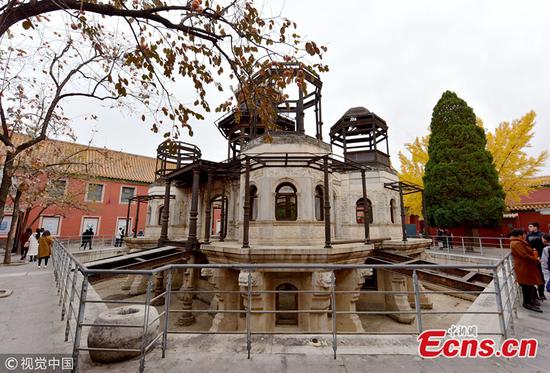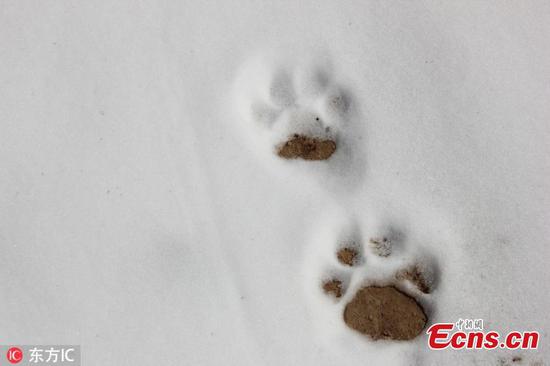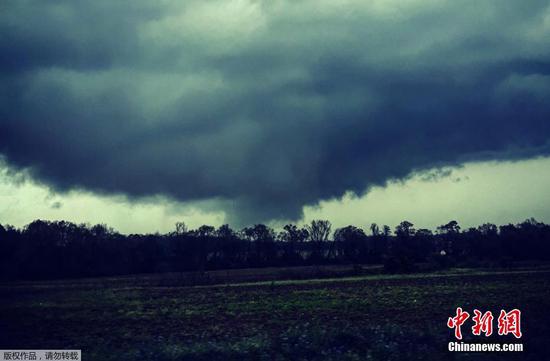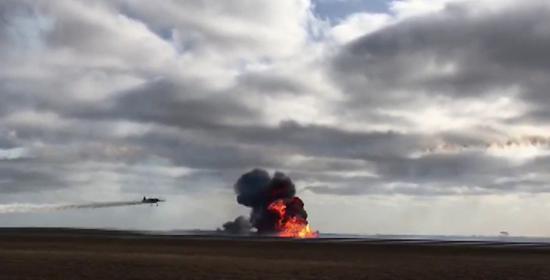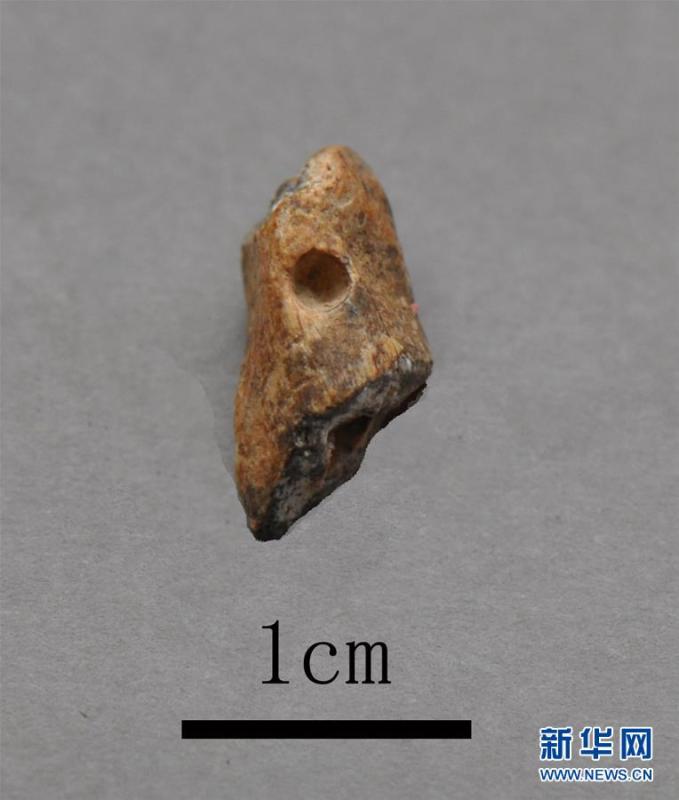
A bone device excavated at the Longquan Cave, an early Upper Paleolithic site in Central China's Henan Province. Archeologists have found remains of ash and fire pits in the cave, evidence of the use of fires some 40,000 years ago. The discovery was selected as a top archaeological finding in 2018 in the province. (Photo/Xinhua)
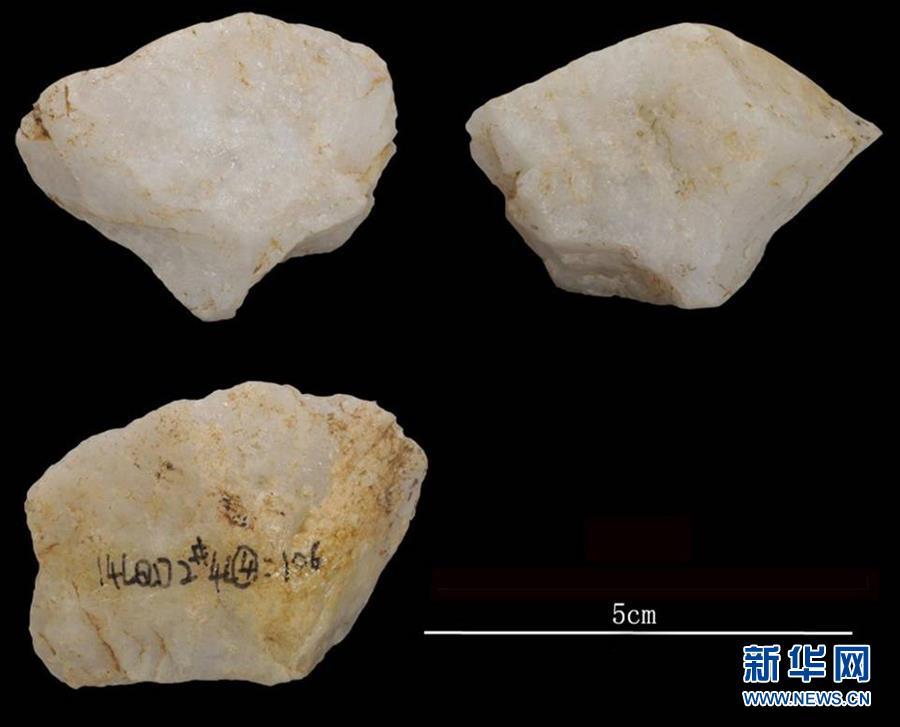
Stone relics excavated at the Longquan Cave, an early Upper Paleolithic site in Central China's Henan Province. Archeologists have found remains of ash and fire pits in the cave, evidence of the use of fires some 40,000 years ago. The discovery was selected as a top archaeological finding in 2018 in the province. (Photo/Xinhua)
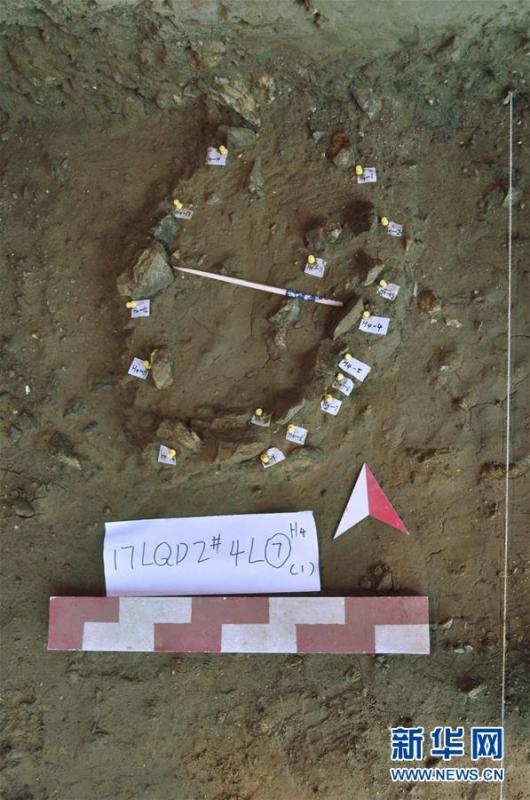
The remains of a fire pit excavated at the Longquan Cave, an early Upper Paleolithic site in Central China's Henan Province. Archeologists have found remains of ash and fire pits in the cave, evidence of the use of fires some 40,000 years ago. The discovery was selected as a top archaeological finding in 2018 in the province. (Photo/Xinhua)
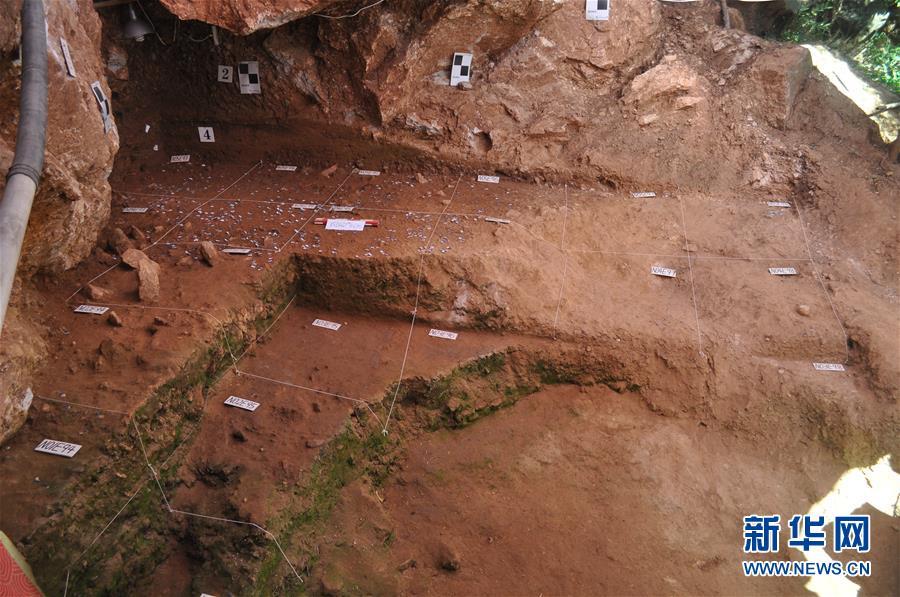
An excavation at the Longquan Cave, an early Upper Paleolithic site in Central China's Henan Province. Archeologists have found remains of ash and fire pits in the cave, evidence of the use of fires some 40,000 years ago. The discovery was selected as a top archaeological finding in 2018 in the province. (Photo/Xinhua)












